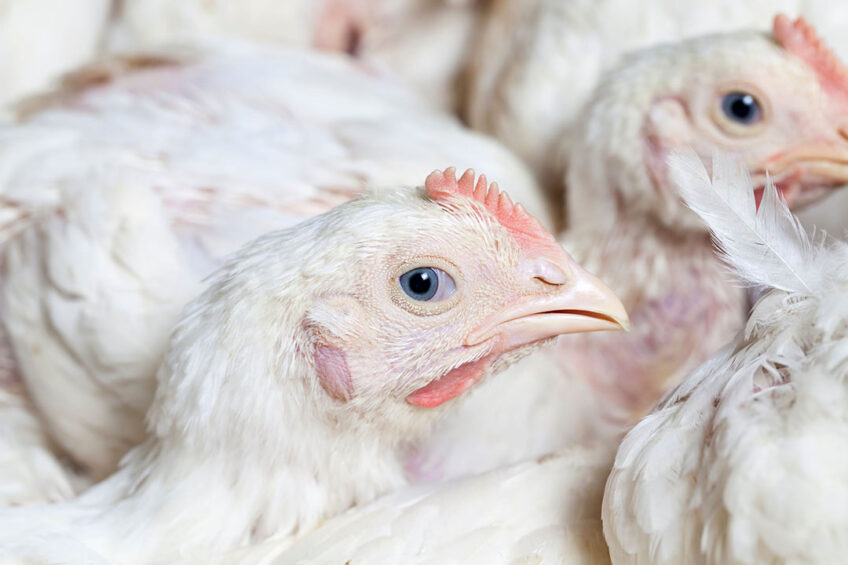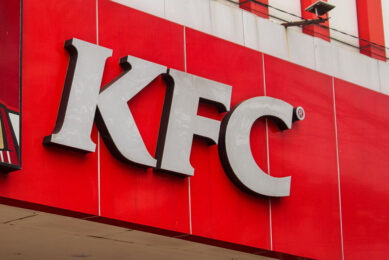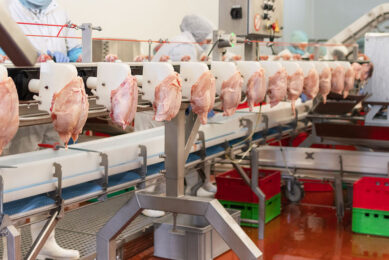Modest global growth for poultry sector next year

The poultry and aquaculture sectors set to see modest growth next year as the animal protein sector faces future unfavourable market conditions.
Specialists Rabobank said the protein sector faced tightening margins and that the beef, pork and wild seafood sectors were likely to contract.
In its Global Animal Protein Outlook report for 2024, the company said higher production costs and tighter supplies would push animal protein prices up and constrain global consumption. While input costs and inflation were likely to fall, they would still be at a higher level than before the Covid pandemic.
Demographic shifts will also see the labour market tighten and raise production costs, while reduced population growth will slow consumption. Elsewhere, there will be pressure to invest in upgrading production systems to serve emerging market needs, meet regulatory requirements and cater to consumers concerned about sustainability. The ongoing disease challenges and adverse weather are added issues for the sector, says Rabobank.
Regional poultry growth
The poultry sector will increase next year though growth will be smaller than in 2023. On a regional level, Brazil and Southeast Asia will see the fastest production growth for poultry and meat, but again it will be less significant than last year, due in part to disease which remains a downside risk.
China, Australia and New Zealand will see marginal growth, with poultry best placed in China and pork and beef under pressure. Europe and North America will see an overall production contraction but a rise in poultry consumption.
Meanwhile, the threat posed to the poultry sector from plant-based meat alternatives is declining with both customers and investors turning their backs on the products.
Higher costs and tighter margins?
Justin Sherrard, Rabobank global animal protein strategist, said that despite the cost of living crisis putting pressure on consumer finances there would be demand for animal protein but companies needed to do more to stay ahead of the game.
“For companies to sustain the success of the past few years, it’s essential they adapt to the structural changes in the market…they need to take stock of their strengths and prepare to transition their supply chains to operating with high costs and tight margins.”
Sherrard said companies in the animal protein sector needed to improve productivity, review their existing portfolios, strengthen supply chain partnerships, increase investment in new products and adjust their pricing strategies to navigate the forthcoming challenges.
“Those companies that can demonstrate agility in adapting to the new environment and navigate consumer willingness to pay for certain preferences will be able to take advantage of the tighter market and come out on top,” he added.












